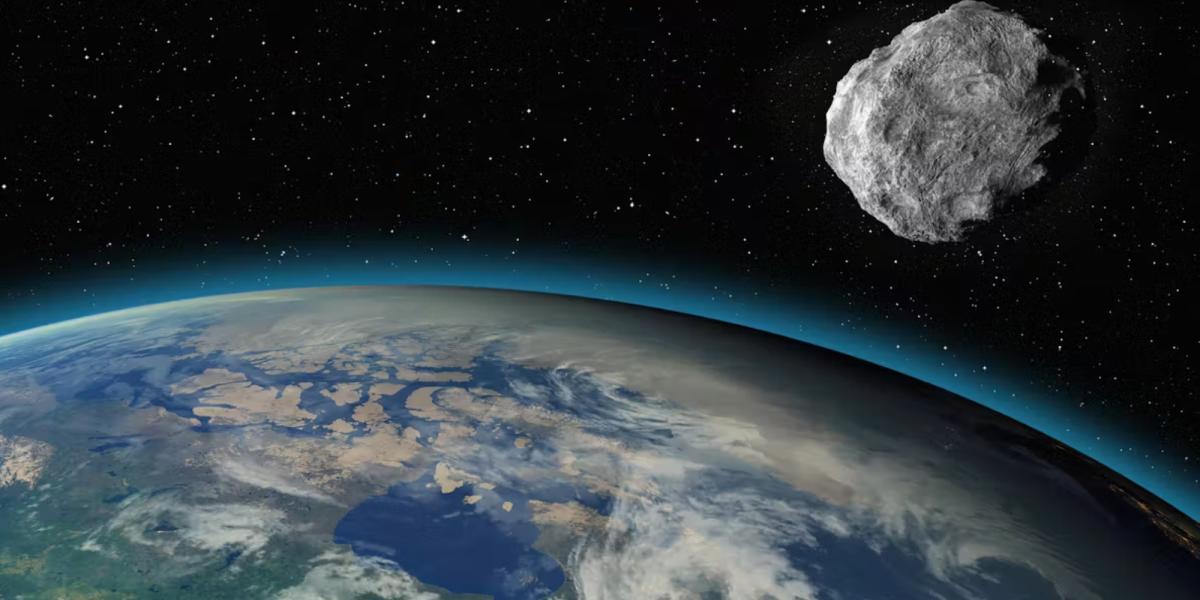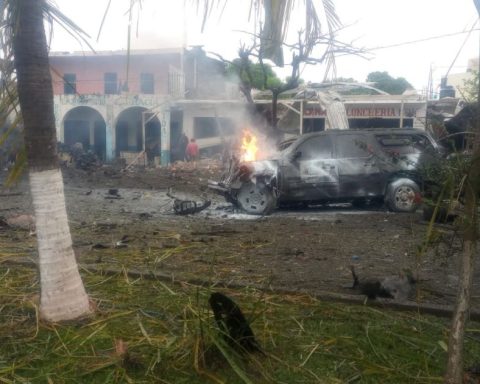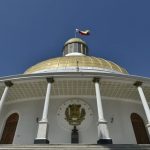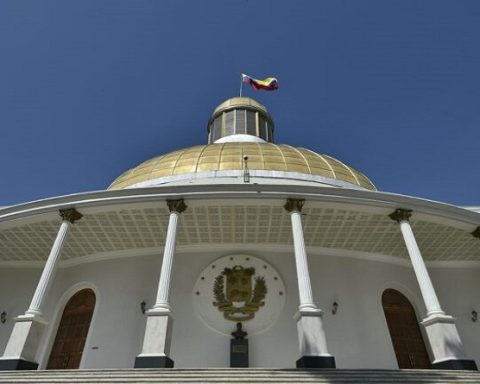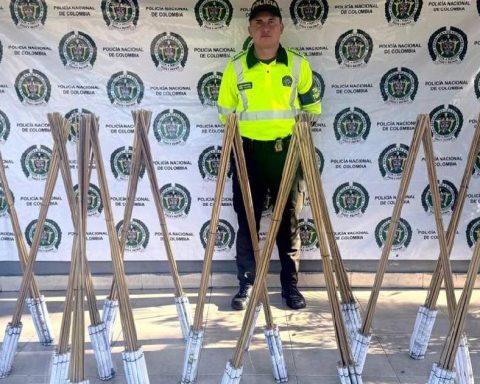We are more than accustomed to some media bombarding us, almost unscrupulous, with news of the next impact of our planet with an asteroid. Fortunately, the vast majority of such news are unfounded and only seek to gain audience, sacrificing veracity and leaving science aside.
Then I will explain how experts approach this problem with a real asteroid, cataloged as 2024 YR4which was discovered by the program Atlas (Terrestrial Asteroid-Impact Last Alert System) From Chile on December 27. His finding happened just two days after 828 800 km from our planet, the minimum distance in this approach.
The sequence of images of the discovery of asteroid 2024 YR4 on December 27, 2024 from the Atlas program in Chile. The asteroid appears centered and the stars, subtracted here to better visualize the object, seem to move to the left. Larry Denneau et al./ University of Hawaii / Atlas / NASA
The shield of our atmosphere
Fortunately, telescopic monitoring programs detect dozens of asteroids every month. Most of them have few tens of meters and do not constitute a risk for us since The Earth’s atmosphere is very efficient in fragmenting rocky bodies of that size that reach us hypervelocity.
In fact, a recent example was The disruption in the atmosphere of an asteroid of about twenty meters in diameter on February 15, 2013 on Cheliábinsk, in Russia. The fragmentation of that asteroid was so efficient that it produced hundreds of meteorites but without causing injured by its direct fall (yes about 1,500 due to burns associated with its light radiation or by the breakage of glass caused by the shock wave).
The vast majority of such small or medium size asteroids, up to a few hundred meters in diameter, are usually discovered in such approaches to the Earth, that is, a few days before (or later) of its maximum approach. This happens because they are small stars that only reflect a part of the light they receive and also move very fast. That makes them weak and difficult to identify in telescopes.
In addition, the geometry with which they affect can also cause them to go unnoticed, since the monitoring of the firmament through the use of telescopes on the earth’s surface is far from being able to be homogeneous.
Until the invention and systematic use in the nineties of the twentieth century of modern CCD cameras or coupled load devices As detectors, most of these bodies went unnoticed for our telescopes.
Total number of asteroids close to the land discovered as a function of time (CNEOS/JPL) CNEOS/JPL/NASA.
Today 37 492 asteroids close to Earth have been censored, known with the Anglo -Saxon acronym, figures that we can follow online thanks to the Center for Near Earth Object Studies of the Jet Propulsion Laboratory collects.
What do we know about asteroid 2024 YR4?
As announced by the International Asteroid Warning Network (IawN), that asteroid has a size between 40 and 90 meters. In the event, still quite unlikely, that it collided with the earth, that would make it an event not exempt from risk. In fact, it is thought that the asteroid that collided on June 30, 1908 on Tunguska (Siberia) had a similar diameter. Remember that this object also disintegrated and generated an explosive energy between 10 and 20 tNT megatons. Besides, The generated shock wave and its cloud of vaporized material destroyed an area of about 2 150 km² of taiga.
In the case of the asteroid that concerns us, shortly after being discovered, and after rebuilding its preliminary orbit, it was qualified as 3 in the call Turin scalewith a probability of 1 between 77 (1.3 %) to impact the earth on December 22, 2032.
That should not alert us in the short term. That qualification means that it is “a meeting that deserves the attention of astronomers. Current calculations give a probability> 1 % capable of causing localized destruction. Probably new observations are reassembled without risk. ”
This will be so because we will continue to observe this object and improve its orbit, particularly in its return in 2028.
Thus his orbit is rebuilt
The small size of these asteroids means that they cannot be followed throughout their orbit, but that we do it in a small arch in which they are accessible to telescopes.
Basically, various professional and amateur observatories capture the object moving on the back of the seemingly “fixed” stars. Even The greatest telescopes such as the Vary Lark Telescope of the European Observatory Austral (ESO) They allocate time to the most relevant. In this way its movement is measured with precision about the stars whose coordinates we know and thus its orbit can be recalculated based on the new observations. The more precise and more extended measures are in time, the better the reconstruction of their orbit will be. And the ardua compilation work of that plethora of astrometric data corresponds to the MINOR OR MINOR CENTER CENTER CENTER (MPC).
The weak asteroid next to Earth 2024 YR4 appears in a box in the center of this image, on the bottom of the stars fixed by the Vry Large Telescope of that in January 2025. That/or. Hainaut et al.
The weak asteroid next to Earth 2024 YR4 appears in a box in the center of this image, on the bottom of the stars fixed by the Vry Large Telescope of that in January 2025. That/or. Hainaut et al.
The Earth, in the Uncertainty Region
But the challenge does not end there, since the dynamic evolution of small asteroids are affected by the so -called non -gravitational effects. These are various forces that for asteroids are mainly of a radiative nature, a kind of subtle “backward” by progressively re -reit Each “appearance” close to our planet.
With the current astrometric precision, the asteroid passage has an uncertainty of around 100,000 kilometers in its position at the time of its maximum approach to the Earth. In fact, with about 12,000 kilometers in diameter, our planet would be within that region of uncertainty. That is equivalent to a 1.3 % probability that it impacts, waiting to improve its orbit and recalculate that probability in 2028.
Thus, we are waiting for the new visit of Asteroid 2024 YR4, with its approach of December 17, 2028. It will be then when, thanks to a joint effort of professional and amateur astronomers, let’s better specify its orbit and know if it will be necessary to prepare for the impact or apply a palliative method as exemplified the Dart mission.
